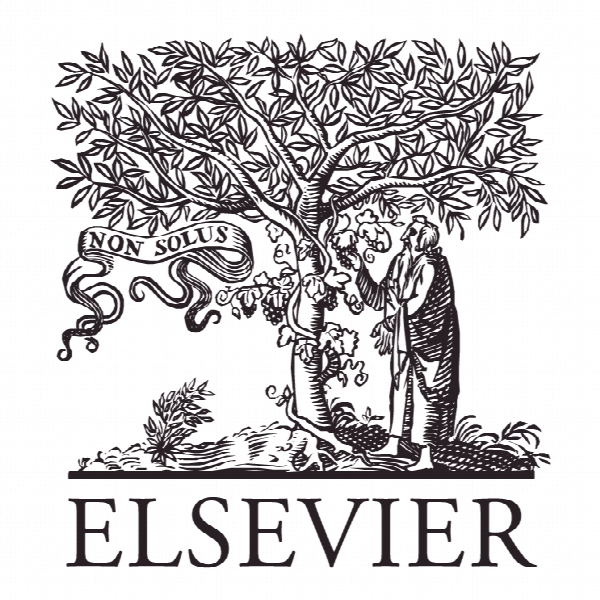تغییرات در حاکمیت شرکتی و گردش اجرایی بالا: شواهد از ژاپن Changes in corporate governance and top executive turnover: The evidence from Japan
- نوع فایل : کتاب
- زبان : انگلیسی
- ناشر : Elsevier
- چاپ و سال / کشور: 2018
توضیحات
رشته های مرتبط مدیریت و اقتصاد
گرایش های مرتبط مدیریت استراتژیک
مجله ژاپن و اقتصاد بین المللی – Journal of The Japanese and International Economies
دانشگاه Graduate School of Commerce – Waseda University
منتشر شده در نشریه الزویر
کلمات کلیدی انگلیسی Corporate governance; Top executive turnover; Main bank; Institutional investors; Independent outside directors
گرایش های مرتبط مدیریت استراتژیک
مجله ژاپن و اقتصاد بین المللی – Journal of The Japanese and International Economies
دانشگاه Graduate School of Commerce – Waseda University
منتشر شده در نشریه الزویر
کلمات کلیدی انگلیسی Corporate governance; Top executive turnover; Main bank; Institutional investors; Independent outside directors
Description
1. Introduction Recently, substantial changes in corporate governance arrangement have been seen across countries. Corporate governance reforms have been enacted in most of developed and emerging countries (Kim and Lu, 2013). Institutional investors have become major players not just in the U.S.; their role is rapidly growing in all developed and emerging market countries (Khorana et al., 2005). Japan is one of the countries that experienced the most drastic changes in corporate governance. It has long been argued that corporate governance practices commonly found in Japan differ markedly from those in the U.S. In the U.S., in the arena of corporate control, institutional investors and independent boards of directors are arguably important governance mechanisms. In contrast, corporate governance arrangement in Japan is conventionally considered as bank centered (Aoki and Patrick, 1994). However, following the process of financial deregulation and the collapse of the Japanese bubble economy in the early 1990s, the bank-centered corporate governance system has been gradually transformed into the market-oriented system as commonly found in the US (Hoshi and Kashyap, 2001; Aoki et al., 2007). Figure 1 shows the changes in the ownership structure of Japanese firms. Panel 1 shows the 25, 50 (median), and 75 percentile values for main bank ownership during the period from 1990 to 2013. Main bank ownership is used as a proxy for the strength of a firm’s ties with its main bank in previous papers (for example, Gibson, 1995; Hori et al., 2006). Before the late 1990s, the extent of main bank ownership in Japan was high just below regulatory ceiling and stable. 1 However, after the late 1990s, main bank ownership began to decline dramatically, with the mean (median) bank ownership decreasing from 4.0% (4.6%) in 1998 to 2.4% (2.5%) in 2005. In addition, the spread between the 75 and 25 percentile values increased from 1.6% in 1998 to 4.3% in 2005, implying that bank-firm relationship was diversified. In contrast to declines in main bank ownership, foreign institutional ownership began to increase sharply during the same period, from a mean (median) of 5.8% (3.2%) in 1998 to 14.0% (11.0%) in 2005. Similar to main bank ownership, the spread between the 75 and 25 percentile values increased from 7.7% in 1998 to 16.5% in 2005 as is shown in Panel 2. Firms with large market capitalization, high liquidity and well familiarity through oversee business are preferred by foreign investors, while firms with modest market capitalization and low liquidity are remaining low foreign institutional ownership (Miyajima and Kuroki, 2007; Miyajima and Ogawa, 2016).


